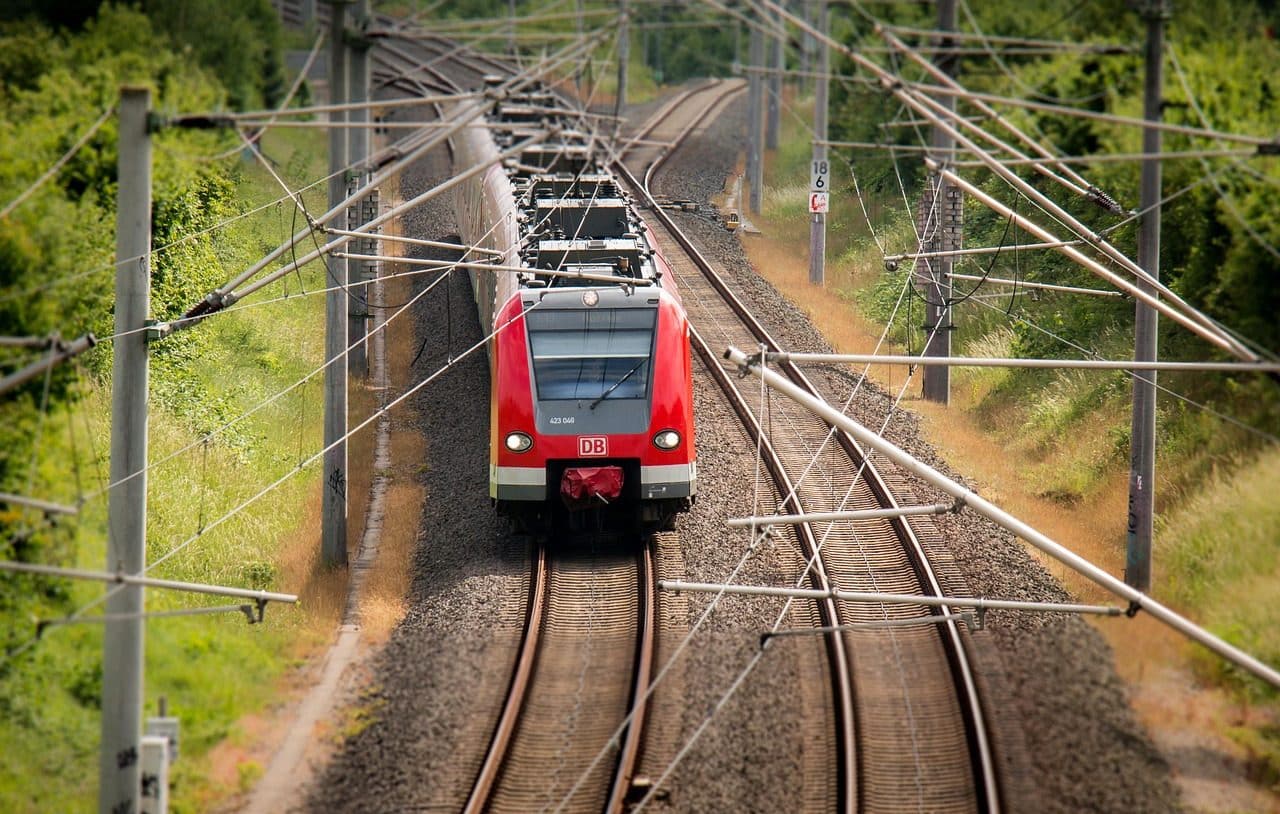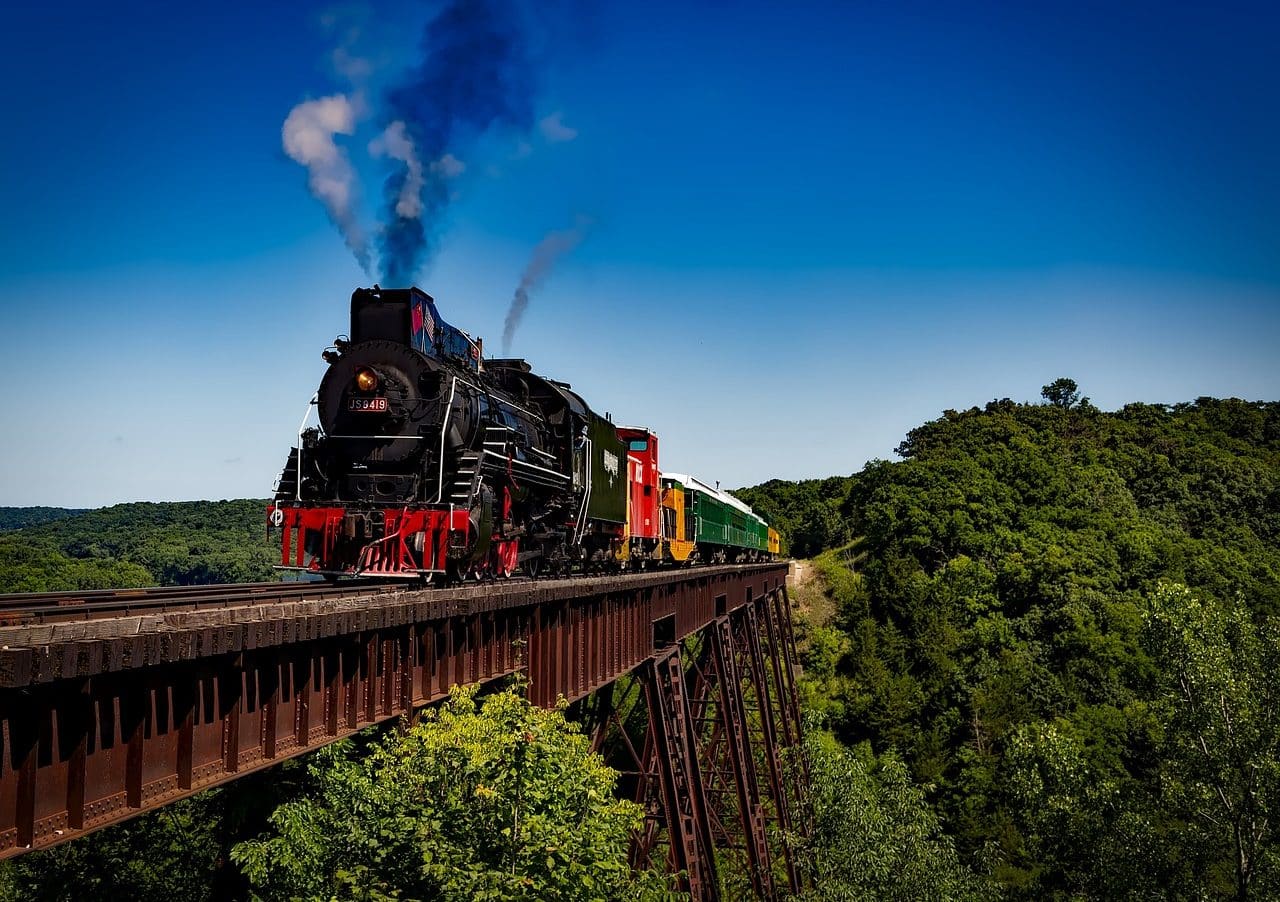
The railway is the equipment and infrastructure that allows the development of the homonymous means of transport.
A railway is a track created from two rails arranged in parallel that allow the taxiing of a train . The material used to create these rails is usually iron ; hence the name railway.
The etymological origin of the term comes from Latin, since it is the result of the sum of two words from that language: ferrum , which can be translated as "iron" ; and carrus , which was used to refer to any "vehicle with wheels" .
The concept is not only used to name the rail road, but it is also used to refer to the train (the means of transport that is made up of several wagons pulled by a locomotive) and to the infrastructure and equipment that allow the development of this means. of locomotion. For example: "The creation of an extensive railway network was very important for the local economy, since it allowed the export of numerous products" , "Excuse me, does the railway reach Puerto San Juan?" "My grandfather came to this country to work on the railroad."
Historical development of the railway
Throughout history there have been various events that have been fundamental for the development and improvement of the railway. Among those we could highlight the following:
- 1550 : Wooden rails begin to be established on narrow gauge railways used in mines.
- 1768: the first iron rail is manufactured.
- 1769: Scottish engineer and inventor James Watt patents the steam locomotive.
- 1830: the inauguration of the first interurban railway line takes place. Specifically, it linked Liverpool and Manchester .
- 1857: the first steel rails begin to be manufactured.
- 1883: the first railway with an electric supply on the track begins to operate. It was an Irish tram, which connected Giant's Causeway and Portrush .
- 1964: the first high-speed railway line is inaugurated. It was launched in Japan and was called Shinkansen .

Railway can be used as a synonym for train.
Your advantages
As a transportation system, the railway is one of the most popular options around the world. Unlike buses or buses , the railway does not cause great damage to the environment . The fuel it consumes is reduced, as are its polluting emissions.
The railway, on the other hand, has the capacity to transport a large number of people on the same trip, since the succession of wagons gives it good capacity. This makes it usually economical and also ecological (it transports many people in the same trip).
Railway risks
Rail development within large cities, however, involves certain risks. The intersection between a track on which a train circulates and a path (road, route, street, etc.) is known as a level crossing . Although safety systems such as barriers , lights or signals are used to regulate the passage and prevent collisions, the fluid traffic of vehicles makes accidents quite frequent.
It should be noted that in the cities there is the so-called suburban railway . It is a term used to refer to the subway , that other train that circulates underground and that allows different corners of the same population to communicate quickly and directly.
